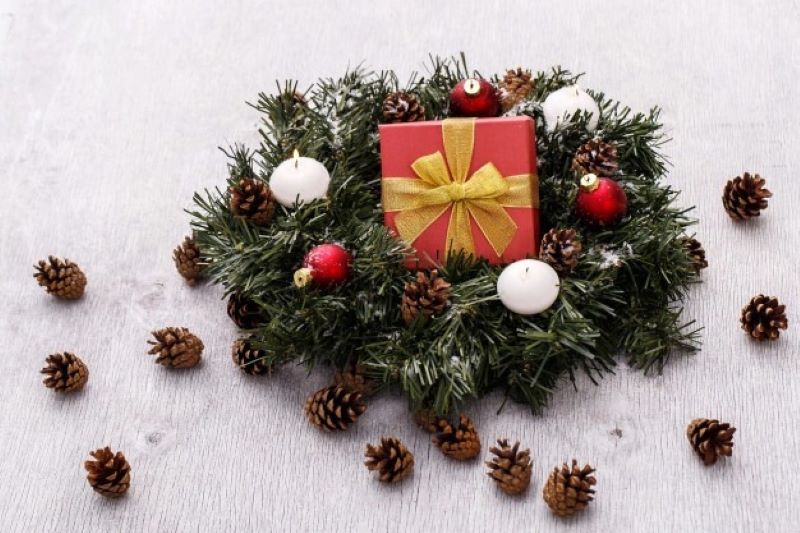New Year’s Eve is a time of celebration and new beginnings, and it is fascinating to learn about the different traditions and customs from around the world. Embracing diversity is essential in our globalized world, and understanding and appreciating different cultural practices is a great way to learn from each other.
Learn about the unique New Year’s Eve traditions around the world
In Spain, New Year’s Eve is celebrated with the tradition of eating 12 grapes at midnight. Each grape represents good luck for one month of the year ahead. This tradition began in the early 20th century, when grape farmers in the Alicante region had a bumper harvest and needed to find a way to sell their surplus grapes. The tradition quickly caught on and now it is a national custom. Eating 12 grapes can be quite challenging, and it requires some dexterity and speed as the grapes need to be eaten before the chimes of the clock are finished.
In Japan, New Year’s Eve is known as Omisoka, and it is a time for cleaning and purifying the home. A traditional Japanese decoration, known as Kadomatsu, is placed outside the front door. Kadomatsu is a combination of bamboo and pine branches, which symbolize longevity, prosperity, and strength. The purification process continues on New Year’s Day when people visit a Shinto shrine or a Buddhist temple to pray for good fortune and health.
In Scotland, New Year’s Eve is celebrated with Hogmanay, which is an important festival that can last for several days. The origins of Hogmanay are uncertain, but it is thought to be derived from the Old Norse celebration of Yule. One of the most famous traditions is first-footing, where the first person to enter a home after midnight brings gifts such as coal, shortbread, and whiskey. This is believed to bring good luck to the household. In some areas of Scotland, people participate in fireball swinging, where they swing flaming balls of fire around their heads.
In Mexico, New Year’s Eve is celebrated with the tradition of eating a Rosca de Reyes, a sweet bread shaped like a wreath, with a small doll and several coins baked inside. The doll represents Baby Jesus and the coins symbolize prosperity. When the bread is sliced, whoever finds the doll in their piece is responsible for hosting a party on February 2nd, known as Candlemas Day, and whoever finds the coins is believed to have good luck for the rest of the year.
These are just a few examples of the many customs and traditions associated with New Year’s Eve around the world. By learning about these traditions, we can broaden our horizons and appreciate the diversity of our planet. In addition to expanding our knowledge, embracing different cultures can help improve our mental health, increase our empathy, and strengthen our relationships with people from different backgrounds.
In conclusion, New Year’s Eve is a time to celebrate fresh starts and new beginnings. By understanding and embracing different cultural traditions, we can broaden our perspectives and learn about the richness of our global community. So this year, why not embrace and celebrate the New Year’s Eve traditions from different cultures? It may be a great way to start the year!

